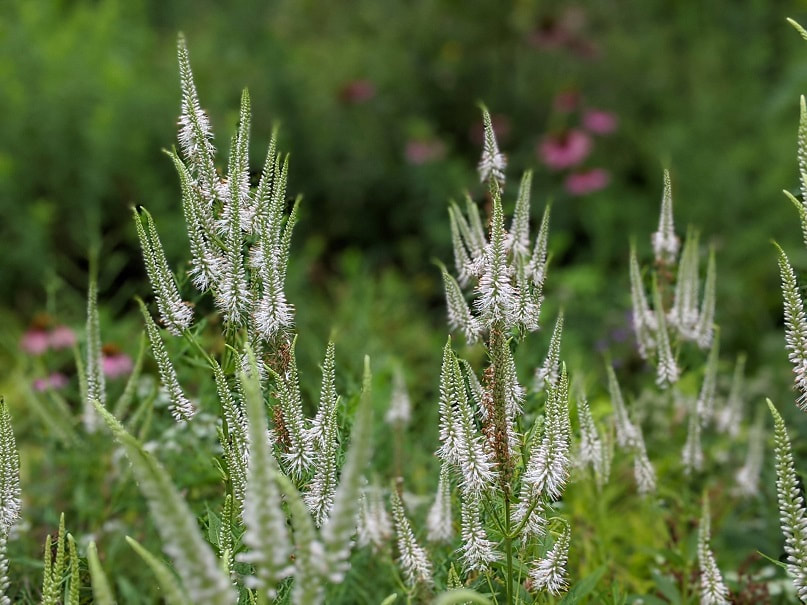- One that spreads too easily or takes over.
- A plant that withers and dies.
- A plant that just sits there, never growing, just subsisting.
And why do these things happen? Because we haven't asked the good questions about the site or the gardener in order to make the most informed suggestions for long-term success and empowerment. Parameters we need to consider:
- Ecoregion (not USDA hardiness zone); zipcode works.
- Amount of sunlight and at what time of day (sunlight has different UV rays at different times of day, some more powerful than others).
- Slope and drainage (on and off site).
- Soil type (even a soil test)
- Current vegetation (are there weeds that need treating, and / or what are the plants the new ones will need to mesh with).
- How the space will be used by humans.
- The aesthetic goal (just cover the ground, block a view, prim and proper, wild...).
- Management style of the gardener (hands off, helicopter parent...).
- Budget
There are more we could add but this is enough for now. Can you see why these are all important factors in creating a successful garden of any size? I know we just want to offer quick advice that makes gardening seem simple, but sometimes simple can lead to unnecessarily hard when we don't stop to think and plan a little bit before exploring plants, plant communities, design, and management. My biggest fear is that the social media advice I run across -- advice that is well intentioned but often not applicable -- will ultimately frustrate gardeners. But maybe asking these questions will, too, making the process seem more like those paragraph-long math problems from junior high. Still, they are necessary parameters to consider and will save us headaches over the long term. So ask the tough questions and get us thinking better.



 RSS Feed
RSS Feed

